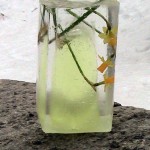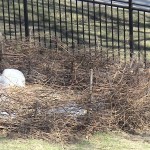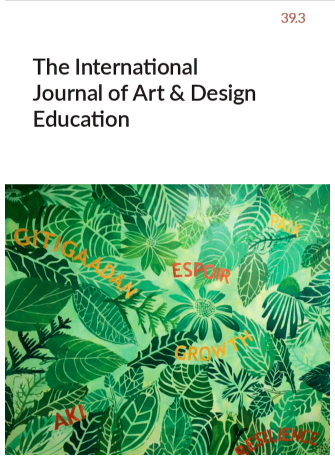
Happy to share a new study about eco-art education that our research team finished this fall. Recently published in the Journal of Art and Design Education (2020, vol 39, issue 3), this study explores the impacts of the environmental art installations I’ve been co-creating with students and faculty over the last decade at OISE, found in our walking art gallery. The article is entitled “Conceptualizing Art Education as Environmental Activism in Preservice Teacher Education”, and it draws on methods from arts-based research and qualitative case study in its investigation of the impacts of creating environmental art installations in a community-based, eco-art education program. Our findings support our lived experience that graduate students experienced behavioural and attitudinal shifts towards sustainability after engaging in the processes of creating environmental art; involvement in the program also provided opportunities for building community, engaging multiple domains of learning, modelling sustainable art-making practices, and prompting environmental activism. The results of this study – along with the cover photo of one of our recent installations – continue to inform a developing pedagogy for environmental art education in higher education settings. My hope is that it inspires others to try eco-art ed in their own institutions.
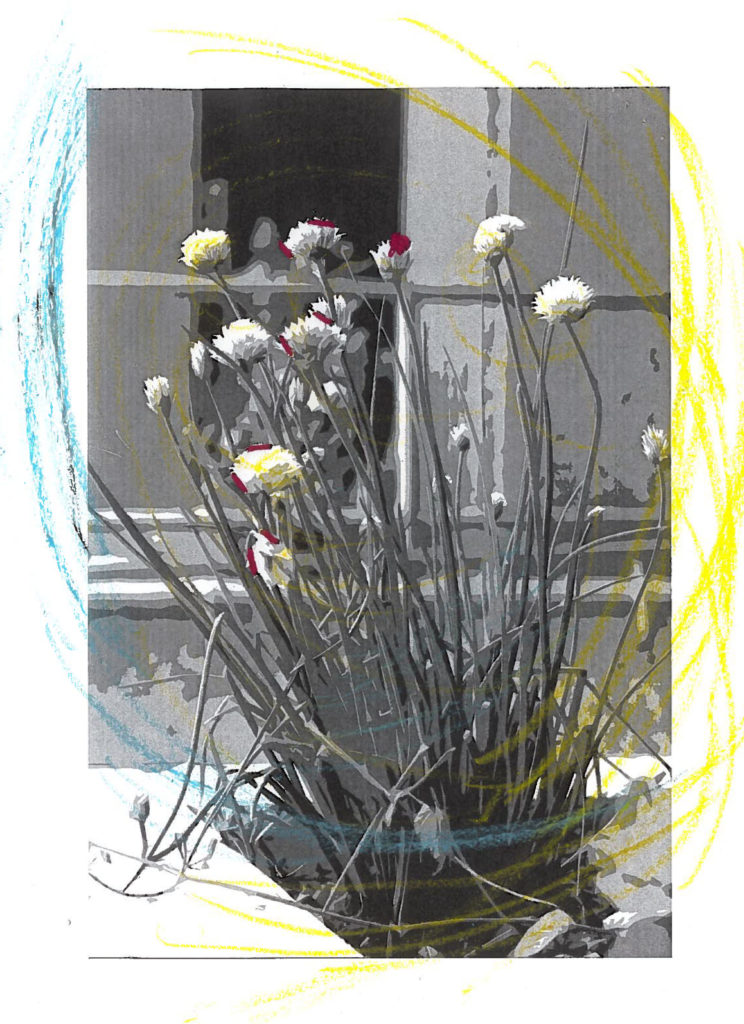
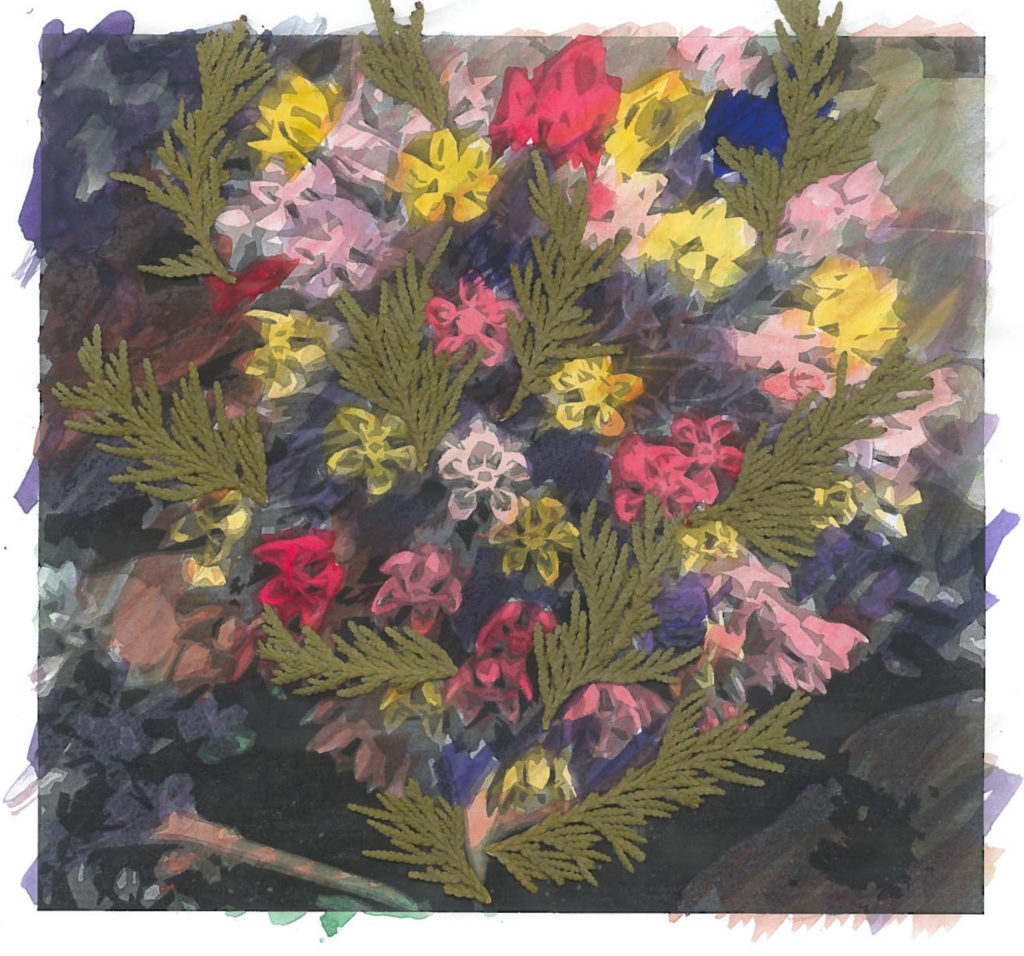
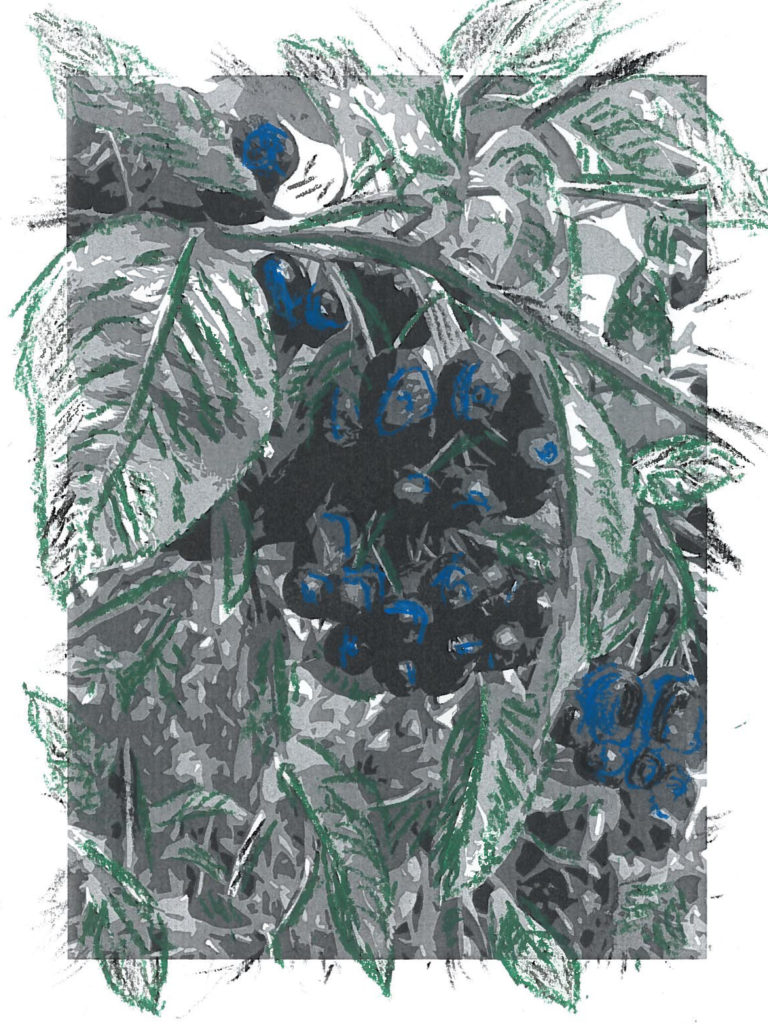
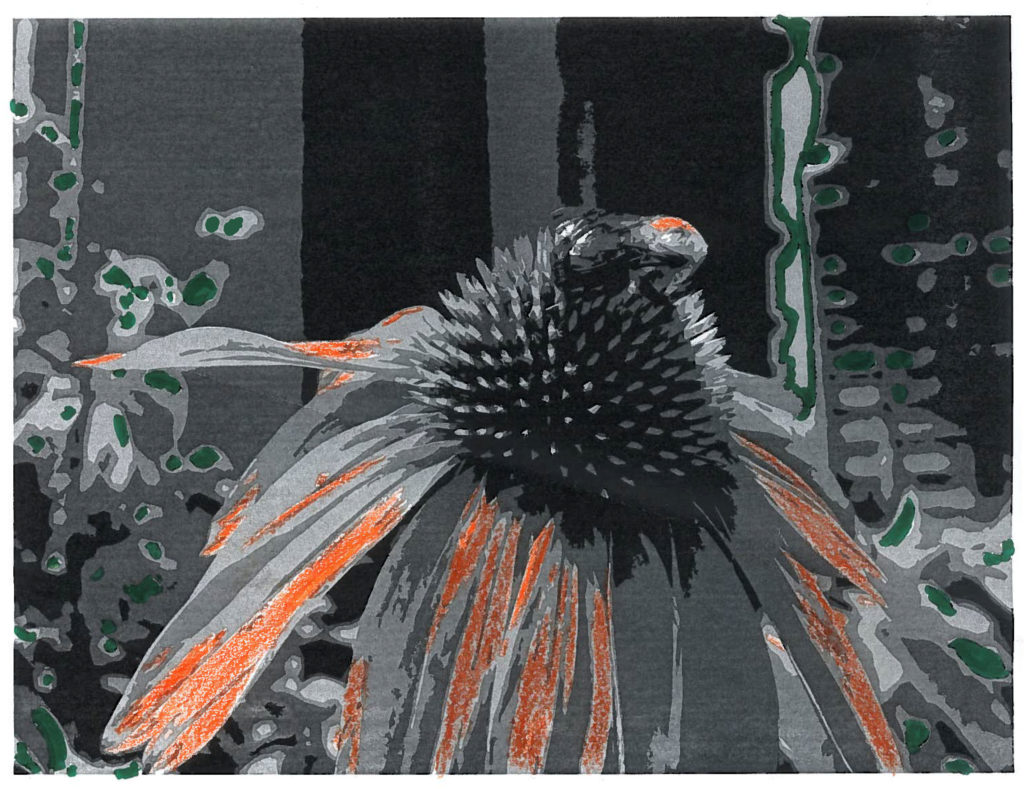
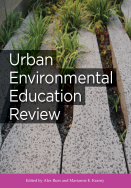 This is spreading, as artists from all of the arts disciplines are more frequently contributing their unique skills to raising awareness about environmental issues in plays, dance performances, and music videos. Here in Toronto we have the Broadleaf Theatre company that specializes in plays with environmental themes; their recent show The Chemical Valley Project tracks the deep challenges of environmental racism and colonialism in relation to Canada’s petrochemical industry. And now there’s lots of evidence that arts educators around the world are taking up the challenge of doing this work at all levels of education.  I was happy to work with colleagues in the US and Australia on a chapter in a terrific book called
This is spreading, as artists from all of the arts disciplines are more frequently contributing their unique skills to raising awareness about environmental issues in plays, dance performances, and music videos. Here in Toronto we have the Broadleaf Theatre company that specializes in plays with environmental themes; their recent show The Chemical Valley Project tracks the deep challenges of environmental racism and colonialism in relation to Canada’s petrochemical industry. And now there’s lots of evidence that arts educators around the world are taking up the challenge of doing this work at all levels of education.  I was happy to work with colleagues in the US and Australia on a chapter in a terrific book called 

